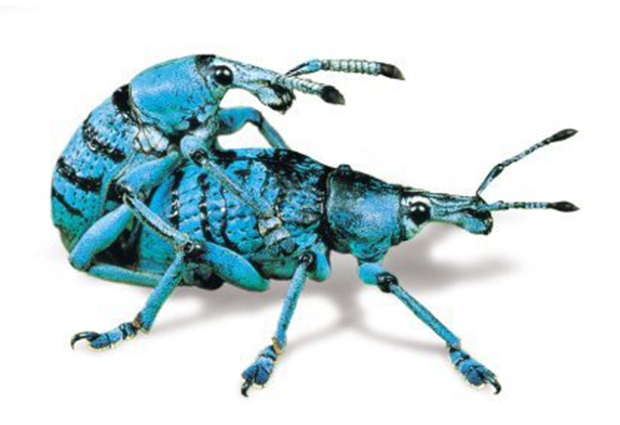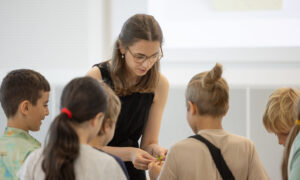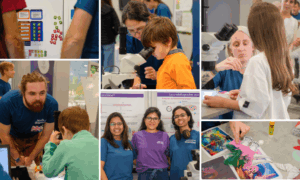
Reviews: Summer reading
What’s on your Summer reading list? If you’re lost for inspiration, here are some of the favourites of staff in the Lab.

 Fermat’s Last Theorem (2002) Simon Singh
Fermat’s Last Theorem (2002) Simon Singh
Picture the scene: an amateur mathematician and a note next to an innocent looking equation: “I discovered a marvellous proof, which this margin is too narrow to contain…” It was 1637, and Pierre de Fermat unleashed a mathematical monster that would taunt the greatest minds for over three centuries. The Last Theorem was born, and author Simon Singh tells the amazing story of geniuses like Euler, Germain and Galois struggling to prove Fermat right or wrong. In 1963, a 10-year-old came across the riddle in his local library and set out to solve it. Three decades later that kid, Andrew Wiles, fulfilled his childhood dream after years of painstaking secret work. Full of thrill and emotion, Fermat’s Last Theorem is impossible to put down until the last page.
Julia Roberti, Postdoc, EMBL Heidelberg
 The Rosie Project (2013) Graeme Simsion
The Rosie Project (2013) Graeme Simsion
As a stereotypical scientist with a slight touch of obsessive-compulsive disorder, genetics professor Don Tillman organises his entire life according to efficiency. His planned-to-the-minute daily routine and nutritionally balanced meals are long established aspects of his life when he begins ‘The Wife Project’. Using a questionnaire to eliminate inadequate candidates, he attempts to find the most logically compatible life partner – a plan that fails when he meets barkeeper Rosie and develops these strange things called “feelings”. Simsion has created a quirky, intelligent, and enjoyable character: I was hooked on the narrative voice from the first page. The novel, as well as its sequel The Rosie Effect, is set to be filmed in the coming years – certainly something to look forward to!
Julia Franke, Trainee, EMBL Heidelberg
 Dr Tatiana’s Sex Advice to All Creation (2003)
Dr Tatiana’s Sex Advice to All Creation (2003)
Olivia Judson
Written as a sex advice column for organisms great and small, this book explains evolutionary biology in a hilarious fashion. It begins with an age-old question between the genders – which is the most promiscuous? – followed by the reasoning behind immoral acts of rapes and cannibalism, and concluding with an open question: are men really necessary? In some instances, the author draws interesting parallels to humans, one of the reasons I find this book a must read. I was amazed by how nature has created an almost perfect gender balance in the various species, ranging from a slime mould that has more than 500 sexes, to the vicious praying mantis who slaughters her partner during copulation!
Heena Khattar, postdoc, EMBL Heidelberg
 A Hole in the Head (2009) Charles C. Gross
A Hole in the Head (2009) Charles C. Gross
Neuroscientists have historically learnt a lot from unfortunate accidents leading to brain damage – the inspiration behind this fascinating read. Charles Gross, a historian of neuroscience, explores the relationship between history and brain science from three fascinating angles. Beginning with a curious case study of a brain injury linking risk taking to a particular region of the brain, the book also explores how neuroscience has influenced art over the ages, before touring the reader through the work of several neuroscientists whose groundbreaking scientific ideas came before their time. Full of marvellous stories, A Hole in the Head will satisfy the curiosity of neuro experts and novices alike.


